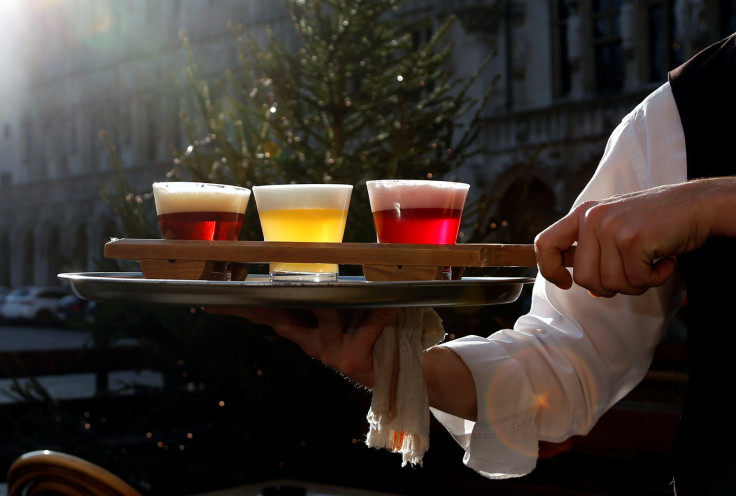Best Beer In The World? Belgian Beer Latest Addition To Unesco’s List Of Cultural Heritage

Drinking a glass of beer in Belgium is a culturally enriching affair, according to the United Nations Educational, Scientific and Cultural Organization’s (Unesco) list of “Intangible Cultural Heritage of Humanity.”
Belgian beer is the latest addition to the list, along with “Nauryz” — the new year celebrated in a number of countries like Turkey, Iran and Pakistan; the Bangladeshi festival of Mangal Shobhajatra; Cuba’s dance form rumba; as well as China’s division of the sun’s motion into 24 annual segments, among others.
Belgium produces almost 1,500 types of beer known for a variety of tastes — ranging from extremely sour to bitter — brewed across villages, towns and cities. With a history going back to medieval monks, the drink is also celebrated in paintings by Pieter Bruegel the Elder, and in ancient folklore.
For the west European country of 11 million people, beer is a deep-rooted part of its culture. Rudi Vervoort, a member of the Brussels Parliament, was quoted as saying by the Guardian that beer “has been a part of our society since time immemorial.”
And it is not just about the alcohol.
“Beer is also used by communities for cooking, producing products like beer-washed cheese, and paired with food,” according to Unesco.
“We love our beer and appreciate the endless diversity within it, something that can’t be equaled anywhere else in the world,” said Sven Gatz, former head of the Belgian Brewers association, told the Guardian, comparing the Unesco felicitation to winning the World Cup. “In Belgium, beer doesn’t have to give way to wine or other drinks in terms of quality and diversity.”
The cultural heritage list was established in 2008 and complements Unesco’s list of World Heritage Sites, which was established in 1972. After being nominated by one or more countries, a new entry usually takes about two years to make it to the cultural heritage list.
© Copyright IBTimes 2025. All rights reserved.






















